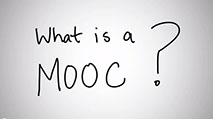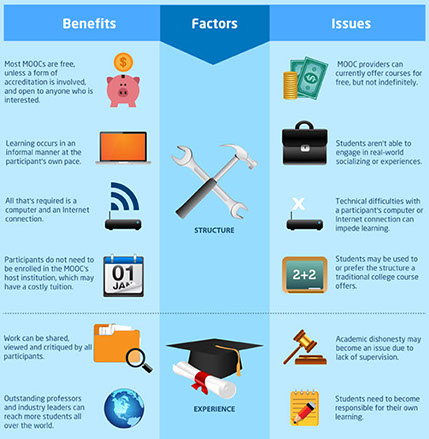AOSpine
Faculty Focus
2-2014
Content
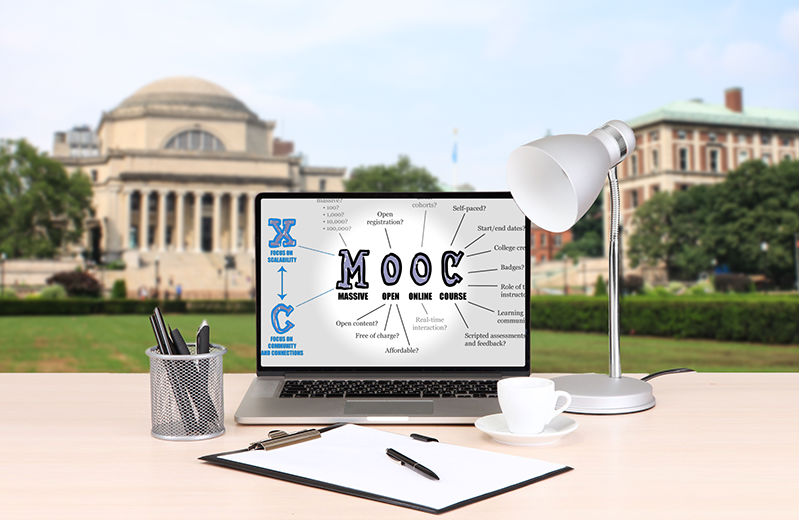
How Massive Open Online Courses might change medical education
Have you ever heard of Massive Open Online Courses (MOOCs) - a rapidly evolving, new teaching tool with global reach? What are the benefits and challenges when using MOOC's? And is this platform suitable for medical education?
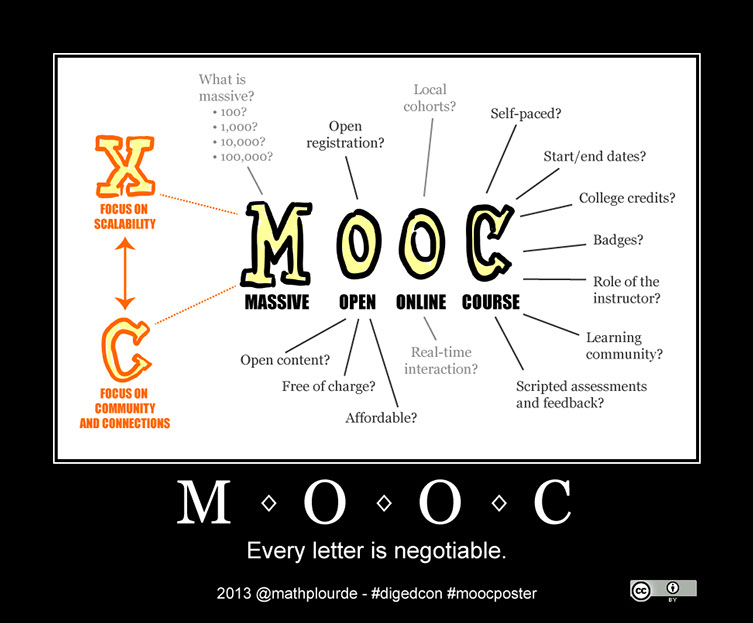
What is a MOOC?
Watch this short video to learn about MOOCs from Dave Cormier, the man who coined the term.
Success in a MOOC
Curious about how students experience success with MOOCs? This video explains five steps on how to be successful in a MOOC.
The New York Times dubbed 2012 “The Year of the MOOC”, stating that “MOOCs have been around for a few years as collaborative techie learning events, but this is the year everyone wants in. Elite universities are partnering with Coursera, a MOOC platform that offers free online courses, at a furious pace. It now offers courses from 33 of the biggest names in postsecondary education, including Princeton, Brown, Columbia and Duke” [1]. Since that article was written, MOOCs have only grown in popularity. Here is why.
The original MOOC
When Canadians Stephen Downes and George Siemens launched the first MOOC in 2008, they conceptualized the format as the next evolution of networked learning. “Connectivism and Connective Knowledge”, offered by the University of Manitoba, was an online course that people could take from anywhere in the world, and it attracted over 2,200 students [2]. MOOCs embrace connectivist or constructivist approaches to learning. The goal is to allow students to create their own knowledge within a network of learners.
The basis of the MOOC format consists of diverse content, with contributions by a variety of experts, educators, and instructors in a specific field, which is aggregated into a central repository, such as a web site. What makes this content especially unique is that it can be “remixed” — the materials are not necessarily designed to go together but become associated with each other through a MOOC.
A key component of the original vision is that all course materials and the course itself are open source and free—with the door left open for a fee, if a participant taking the course wanted university credit points. Since those early days, interest in MOOCs has evolved at an unprecedented pace, fueled by the attention given to high-profile MOOC providers like Coursera, FutureLearn, Udacity, and edX. In these new examples, “open” does not necessarily refer to open content or even open access, but only equates to “no charge.”
MOOCs today
A MOOC is defined as “an online course aimed at unlimited participation and open access via the web. In addition to traditional course materials such as videos, readings, and problem sets, MOOCs provide interactive user forums that help build a community for the students, professors, and teaching assistants (TAs)” [2].
MOOCs leverage a multitude of learning theories and tools, using primarily behaviorist learning techniques. The format is blended, and a MOOC generally includes lecture-style videos, assigned readings, discussion forums, online quizzes, and various assignments to assess student learning. The content is provided by established universities and colleges, and is often similar to the content found in traditional on-campus courses.
Generally, MOOCs are hosted on a website like Coursera, FutureLearn, Udacity, or EdX (to name only a few) and use cloud-based services such as Wikis, Blogs, YouTube, and Google Hangouts to support discussions, create and share videos, and engage in learning activities. Although there are differences amongst the major MOOC platforms, their basic approaches are very similar.
Course materials are located in a hub or central repository and they all use automated software to assess student performance through quizzes and homework assignments.
The social structures are also similar, with students participating in online forums, study groups, and (in the case of Coursera and Udacity) organized student meet-ups.
Among the major MOOC platforms, Coursera has over 2 million students enrolled in 200 courses, while EdX and Udacity have reached around 500,000 students across 23 courses and 19 courses, respectively. This article provides a review of the three largest MOOC providers.
Many benefits of MOOCs for medical education
Daphne Koller, one of the founders of Cousera, outlined a number of benefits that MOOCs may have for medical education [3].
When Harvard University and MIT launched the digital platform EdX in 2012, they began with two MOOCs. One was Harvard School of Public Health’s class in epidemiology and biostatistics, which drew more than 50,000 students around the world, demonstrating a huge potential for outreach.
Replace passive learning
It has been reported that nearly half of all accredited schools of public health in the United States have online educational offerings. Online teaching is a regular part of some faculty members' teaching responsibilities [4], which increases faculty interest in the possibilities of MOOCs. In this context, a MOOC can be used in one of two ways: to supplement current course materials or to replace the passive lecture-style university classroom.
By having students learn material online before they come to class, you can use the lecture hall as a place of collaboration and enquiry, a place students can ask questions and interact with experts and fellow students.
Create learning communities
Social learning doesn’t need to be limited to the classroom, however. Within a MOOC, communities are created around the material and connections can be formed across disciplines, countries, and socioeconomic barriers.
These communities of learning can be particularly important for medical students or professionals working in remote or isolated areas, who may lack access to peers in the same area of specialty.
Communities built around MOOCs may also offer the opportunity to connect with a specialist who has experience with rare cases, encouraging collaboration and problem solving on a scale that was previously unimagined [3].
Gather data on learners
MOOCs also make extensive use of learning analytics and reporting features. This data can provide you with valuable insight into student progress, allowing you to take immediate remedial action when you see that students are falling behind or not grasping certain concepts.
This video describes how "each keystroke, quiz, peer-to-peer discussion, and self-graded assignment builds an unprecedented pool of data" [5] that you can use to improve learning.
Educate and connect patients
MOOCs can also be used to help educate patients on the critical points they need to know in order to help them maintain their health when faced with a serious disease. A high-quality MOOC can help patients learn to interpret their medical symptoms in a sound and rigorous way.
The social nature of the courses can also help connect patients to other people who may be suffering from the same illness, increasing their support network beyond their immediate circle of acquaintances. This is particularly valuable in eliminating the sense of isolation patients may have when they are homebound due to an illness.
Stay up to date
For medical professionals, a MOOC may be a viable way to keep up to date with the knowledge and developments in your field. In fact, over 80% of Coursera’s students are people who already possess degrees and just want to expand their knowledge about a topic.
There are numerous MOOCs available in the field of Health and Education. Class Central is a website that provides a central location to search for courses that you might be interested in taking yourself or using as supplemental information for your classes.
Challenges of implementing MOOCs
Critics have a number of concerns about MOOCs. Specifically, the fact that they represent a return to the "sage on the stage" mentality that technology-enabled learning practices were meant to eliminate and that they represent a form of cultural imperialism from the "North" and the "West".
MOOCs also seem to encourage a “two-tier system of global higher education, with a small number of elites able to participate in education the 'old-fashioned way' in small, intimate, face-to-face groups in close contact with their professors, while the vast majority of students, especially those in developing countries, have to make do with participating in an inferior educational experience delivered through MOOCs” [6].
In addition to these macro-level issues, implementers must consider the following practical issues:
• Access to digital technologies
• Technical literacy
• Language and culture.
Access to digital technologies
Research has shown that a large majority of MOOC participants are from North America and Europe, with limited participation from Asia and even less from Africa [7].
Researchers indicate that access to technology is most likely a prohibitive factor, noting that in developing countries, while there are often pockets with good infrastructure (usually the capital city and a few other major urban areas), many of the towns and almost all of the rural areas will have only unreliable or part-time electricity and no internet connectivity [7].
Technical literacy
The technical complexity of MOOCs, which often have a number of learning areas for students to meet and share ideas, may pose a real challenge to a student with low technical literacy.
To help students who have not had much previous exposure to technology succeed in a MOOC, Liyanagunawardena et al (2013) recommend the “development of background advice or even a ‘MOOC-survival’ MOOC” [7].
Another adaptation a MOOC creator could consider is to offer “suitable engagement tools such as: lower resolution versions of videos, facilitating offline ‘burst connectivity’ tools which download the minimum text-only information during connection, allow offline reading and composition of replies and then upload interaction in a second ‘burst’” [7].
Language and culture
The majority of the MOOCs today are run in English and this prevents students in developing countries from fully participating.
Many students from developing countries are not competent enough in English to take an online course; they may not understand the colloquialisms used in discussion forums or the mode of interaction typical for North American and European students.
These difficulties can be mitigated by ensuring that local instructors have the ability to create their own content and conduct classes in the local language.
Conclusion
Despite the challenges, MOOCs seem to be here to stay. The Bill and Melinda Gates Foundation has funded a significant research initiative that has attracted scholars from some of the largest universities in North America. The format continues to evolve, with each organization taking MOOCs in a slightly different direction. But how can they work for you?
For ideas, read how other institutions use MOOCs for medical education in the paper Many Shades of MOOCs. It describes four case studies of MOOC implementation projects, including one at the University of Texas in Arlington.
Then, read the interview [link to interview] with two scholars from the University of Texas at Arlington to gain a better understanding about their MOOC project.
Read an interview with scholar Mary E Mancici and digital learning expert Pete Smith about the implementation of a medical education MOOC.
The top 5 highest-rated MOOCs on Class Central are:
• Good brain, bad brain: Parkinson’s disease
(University of Birmingham/Futurelearn)
• PH201x: Health and Society
(Harvard University/EdX)
• Medical Neuroscience
(Duke University/Cousera)
• Understanding Dementia
(University of Tasmania/Independent)
• Data Management for clinical research
(Vanderbilt University/Coursera)
Is there a future for MOOCs in medical education?
Faculty Focus spoke to two professionals from the University of Texas at Arlington who have recent experience implementing a medical MOOC, Mary Mancini (MM), Associate Dean of Nursing, and Pete Smith (PS), Vice Provost for Digital Learning. They share their perspective on the unique challenges of using MOOCs and faculty response to this new tool.
How is your institution using MOOCs?
(MM) In the summer of 2013, the College of Nursing, and Academic Partnerships created a MOOC entitled “Enhancing Patient Safety through Interprofessional Collaborative Practice”. Our primary goal is to allow students to "test drive" the online courses, therefore the MOOC is free and open to all. If students want to gain credit, they would need to pay a fee and take a proctored exam. We created and hosted the course on the Canvas Open Network, and used open access learning artifacts to avoid passing any costs on to students. We used case studies, a series of videos entitled “From My Perspective”, lecture videos, and discussion forums. Course surveys revealed that 70% of our students were from the United States, with the remainder coming from Western Europe, Africa, South America, and Central/East Asia. 57% of respondents were nurses [8].
What was the most difficult or unexpected aspect of creating your first MOOC?
(MM) There are two major challenges that occur in MOOCs, and not in other online courses. Firstly, creating an engaging learning environment when the students are "in" the MOOC for very different reasons: to eventually get credit for the course, to get continuing education credit, to "lurk" around in the content for personal edification. Given the heterogeneous nature of the learners involved, designing a MOOC takes much more thought as compared to dealing with students in a course who are paying to take it in order to acquire a degree. Secondly, finding open-access materials to use, so you can avoid or limit the costs associated with book purchases, assuming this matters to you. If you want to create an "open" MOOC in terms of not having economic barriers for participation, this can be a challenge.
These courses take significant time and resources to create. How do you see MOOCs providing a return on your investment?
(PS) MOOCs provide a return on investment in two ways. Firstly, the open access courses attract students and give them a low-risk way to explore an academic topic. If they engage with and are successful in the course, they have an opportunity to earn credit for it and are more likely to enroll in a university program. This results in potentially higher student enrollment at UTA, which directly impacts the university’s bottom line. Secondly, MOOCs provide tangible evidence of our commitment to the community. The mission of the university, as a public institution, is to serve our community. By providing access to free education, we are fulfilling that mandate. It increases our value to the people we serve.
There are numerous reports that faculty are generally not in favor of MOOCs. Can you describe your personal experience with faculty response to the format?
(MM) Faculty have been interested when provided with the context of what a MOOC is and how they are being used. Given the variety of ways they can be used (see article), there is no reason for faculty to feel threatened by MOOCs as long as their role as the individual responsible for the educational experience is respected. By this, I mean that I do not think faculty should have to use or design a MOOC. There are individuals who want to do it, therefore there is no need to be overly directive. Find those who can see the possibilities and the benefits, and let them lead the way.
Do you see a future for MOOCs in medical education?
(MM) When properly designed (which is a major caveat), I do see a future for MOOCs in medical education: I see them used to expand capacity for gateway courses, providing global access to experts, and allowing students in health profession programs to interact with one another.
(PS) I think they are definitely part of our long-term future. George Siemens called 2014 “the year of the anti-MOOC” and we know the negative press will come. What we have here is a question of learning at scale, whether it’s called a MOOC or not. All universities need to think about learning at scale, about the digital outreach that shows commitment to providing to the community. How that looks a few years down the road remains to be seen. The fact remains that MOOCs seem to really have increased the opportunities for lifelong and continuous learning – on people’s own schedules, in their own space, and at their own pace. This was an opportunity that wasn’t there for people previously.
___________
Mary E Mancini, RN, PhD, NE-BC, FAHA, ANEF, FAAN
Mary Mancini is Professor, Associate Dean, and Chair for Undergraduate Nursing Programs at The University of Texas at Arlington, College of Nursing. She holds the Baylor Health Care System Professorship for Healthcare Research.
Pete Smith, PhD
Pete Smith is Vice Provost for Digital Teaching and Learning at the University of Texas at Arlington, where he oversees UTA’s Center for Distance Education, as well as Classroom Technology Support Services and other digital teaching and learning initiatives.
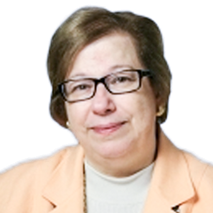
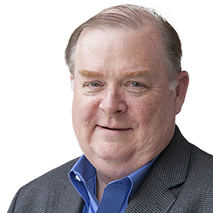
References
[1] Pappano L. (2012). The Year of the MOOC. The New York Times Online. Available at: http://www.nytimes.com/2012/11/04/education/edlife/massive-open-online-courses-are-multiplying-at-a-rapid-pace.html?pagewanted=all&_r=0. Accessed June 6, 2014.
[2] Massive open online course. Wikipedia. Available at: http://en.wikipedia.org/wiki/Massive_open_online_course. Accessed November 16, 2013.
[3] AAMCToday. Daphne Koller: MOOCs in Medical Education [video file]. YouTube. Available at: https://www.youtube.com/watch?v=PIq8zj_6VGE. Published April 30, 2013. Accessed June 6, 2014.
[4] Health Professionals for a new century. MOOCs and More Transforming Health Education. Available at: http://www.healthprofessionals21.org/index.php/educational-innovations/374-moocs-and-more-transforming-health-education. Published March 5, 2014. Accessed June 6, 2014.
[5] TED Talks. Daphne Koller: What we’re learning from online education [video file]. YouTube. Available at: https://www.youtube.com/watch?v=U6FvJ6jMGHU. Published August 1, 2012. Accessed June 6, 2014.
[6] Trucano M. Missing Perspectives on MOOCs—Views from developing countries. EduTech: A World Bank Blog on ICT use in Education. Available at: http://blogs.worldbank.org/edutech/MOOC-perspectives. Published April 19, 2013. Accessed June 6, 2014.
[7] Liyanagunawardena T, Williams S, Adams, A. The impact and reach of MOOCs: A developing countries’ perspective. eLearning Papers. 2013 May;33:1–8. Available at: http://www.openeducationeuropa.eu/en/article/The-impact-and-Reach-of-MOOCs:-A-Developing-Countries%E2%80%99-Perspective?. Accessed June 6, 2014.
[8] Adair D, Alman SW, Budzick LM, et al. Many Shades of MOOCs. Internet Learning. 2014;3(1):53–63. Available at: http://www.ipsonet.org/images/Westphalia_Press/Internet_Learning_Journal_2-2/3-1/5.%20Adair%20ILJ%203-1.pdf. Accessed June 6, 2014.
AOSpine
www.aospine.org | education@aospine.org
Copyright © 2014 AO Foundation. All rights reserved.
